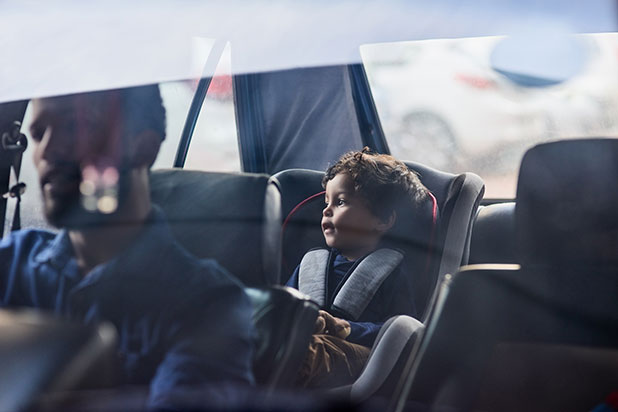
Allowing your child to be driven by a person who appears intoxicated is enough for a court to find ‘abuse and neglect,” even if the driver is the child’s other parent.
In New Jersey Div. of Child Prot. & Permanency v. J.A., Mother and Father, unmarried, were driving home from a weekend trip to Wildwood in May 2010, with their two children, ages eight and two (both of the children belonged to Mother, but only the two-year-old belonged to Father). Father, whose license was already suspended for driving while intoxicated, had planned to drive the family home, but thought better of it since he had a “few beers” during the day. Instead, Mother drove home, despite the fact that over the course of the morning spent by the pool and at lunch, she drank five or six beers, to go along with two Bloody Marys. On the way back from Wildwood, the family stopped for dinner, where each of the parents drank another two beers. Further along on the trip. About 25 miles north of Wildwood, the car was pulled over, whereupon an Alcotest given to Mother revealed a .19 BAC, well above the legal limit of .08. The police report stated that the car was swerving, that Mother’s breadth smelled of alcohol and her speech was slurred when she was pulled over. The eight-year-old daughter also told the DYFS caseworker that she saw her mother drinking throughout the day and at dinner and that she noticed the car “going side to side.”
Father claimed that while he saw Mother drinking throughout the day, he did not realize she was intoxicated or he would not have permitted her to drive. The trial judge made a finding of abuse and neglect by Father for allowing Mother to drive. Father appealed this finding, which has now been affirmed by the Appellate Division. Father’s actions in allowing Mother to drive the vehicle and exposing the children to this “imminent risk” went beyond standard negligence and rose to the level of “gross negligence,” which is the standard for a finding or “abuse or neglect.”
Interestingly, the Appellate Division mentioned that its decision was further informed by the recent “growing body of case law” demonstrating dangers of motor vehicles for child-occupants. In light of the Court’s finding, it is not entirely clear how far a parent must go when allowing his or her child to be a passenger in a vehicle driven by another individual.
